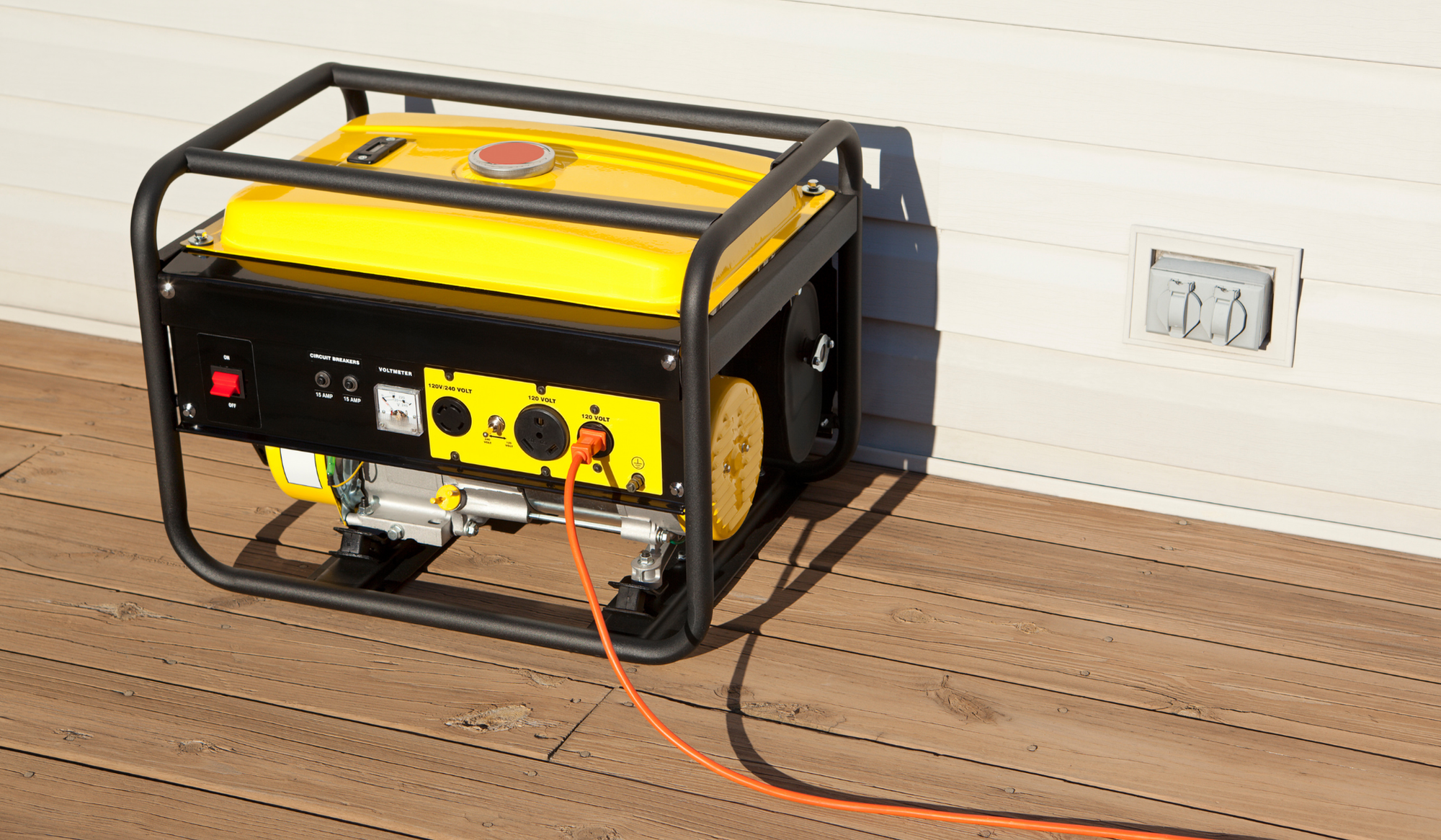Our Office: 4100 32nd Ave. S. Fargo, ND 58104
Shopping for a generator?

Generators are classified by how much power or watts they can produce. That wattage measurement is important because it determines how many devices you can power. According to Consumer Reports (CR), the typical home requires 5,000 watts to cover the basics.
When considering which generator to buy, decide what you can’t live without when the power is out. Then add up the wattages to get an idea of how much power you will need.
For example, a refrigerator typically takes 600 watts to run; a sump pump requires 750 to 1,500 watts; a portable heater can take 1,500 watts; and lights can require from 60 to 600 watts (depending on how many you power and the size of your home).
Safe Electricity and Cass County Electric Cooperative offer background on four types of supplemental power sources:
1. Portable Generator
Because these usually run on gasoline, they can be extremely dangerous since they can produce carbon monoxide (CO). Because of that, never run these indoors or in an enclosed space and always keep them at least 20 feet from your home when operating them. Additionally, do not use them in damp or wet conditions. Some newer models feature a built-in CO sensor that triggers an automatic shut-off feature if it detects CO buildup. Other advanced models are designed to emit less of these fumes; both of these safety features help to save lives. Prices range from $400 to $1,000.
2. Inverter Generator
This type of generator has a more complex engine than its portable cousin. Because of that, inverter generators usually cost more than portable versions. They are much quieter than portable generators since they throttle up and down to match demand (instead of running at constant full power). They also boast more advanced exhaust systems, which also helps with noise levels. Inverter generators typically cost $500 to $4,000, and if you pick this kind of generator, you should follow the same safety precautions you would with a portable version.
3. Standby Generator
This is the most expensive type of generator and models range from 5,000 to 20,000 watts. Standby generators are also the most convenient, since they are permanently stationed and they kick on automatically when the power goes out. They run on propane or natural gas and cost $3,000 to $6,000, not including installation. Installing them is definitely not something you can do yourself; they should be installed by an experienced electrician.
4. Portable Power Stations
These stations don’t use gasoline or propane; instead they are powered by a battery that can be charged by electricity or by a solar panel. They cost more than traditional portable generators at $750 to $3,000. They are extremely quiet and they don’t produce fuel emissions so you can use them indoors. The downside is they don’t power as many appliances as portable generators and they don’t run for an extended period of time.
